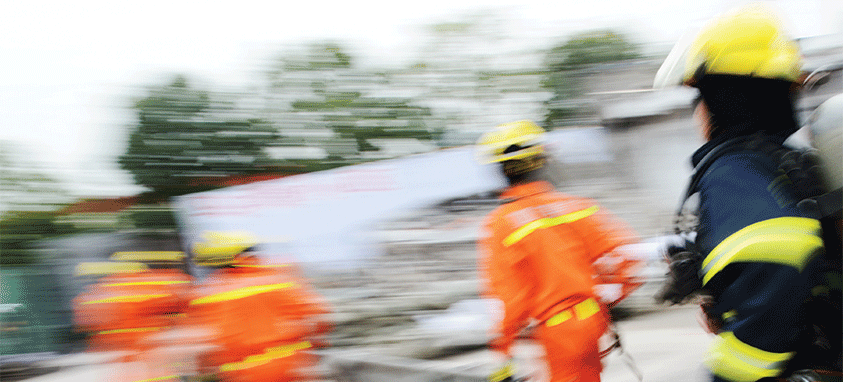Planners live and die by checklists, and if an emergency happens—whether it is a natural disaster, protest or terrorist incident—an emergency checklist could be the most important one you make. Veteran event planners Greg Jenkins, partner at Bravo Productions; Brady K. Miller, owner of Unbricked Communications; and Alan L. Kleinfeld, a consultant and public safety officer, shared their checkboxes with Smart Meetings.
1. Create a risk management assessment. This protocol and policy document covers worst-case scenarios, and must be coordinated with the venue and all members of your team, including outside vendors, security and medical staff hired for the event. It will outline the chain of command and roles and responsibilities, including who calls 911, so you don’t end up flooding emergency services with calls.
2. Provide active-shooter training. Event and hotel staff need at least basic training. Determine what emergency medical equipment is onsite and who is qualified to operate it.
3. Map all exit routes. Being prepared for an evacuation is a best practice in any building, but particularly in large venues where earthquake or fire could threaten lives. Everyone needs to be aware of the exits at all times, just as on an airplane, and where to regroup outside the doors.
4. Make badges mandatory. Require attendees to wear name or registration badges while at the meeting and have them take them off when not at the meeting so they are not seen as targets on the street. Ensure venue staff knows what badges look like and have guards screen for them at entrances, or use RFID technology to monitor movement through checkpoints. Connecting emergency contact information collected during registration to badges will help determine who to call in case of an emergency.
5. Plan for protest. This is particularly important if your group or speaker is controversial. Establish a location for demonstrations that assures safety for demonstrators and event guests. High-profile speakers and very controversial topics could require including alternate entrances, personal security and decoy vehicles to avoid confrontations.
6. Monitor the weather. Watch weather forecasts closely. Storms can change direction quickly, especially in hurricane-prone areas, and severe storms can impact airplane and road traffic, affecting attendees’ ability to arrive and leave.
7. Keep calm and carry on. “It’s the cool head and rational thinker that is needed to handle emergencies, or any situation that might arise at a meeting or an event,” Jenkins says.




